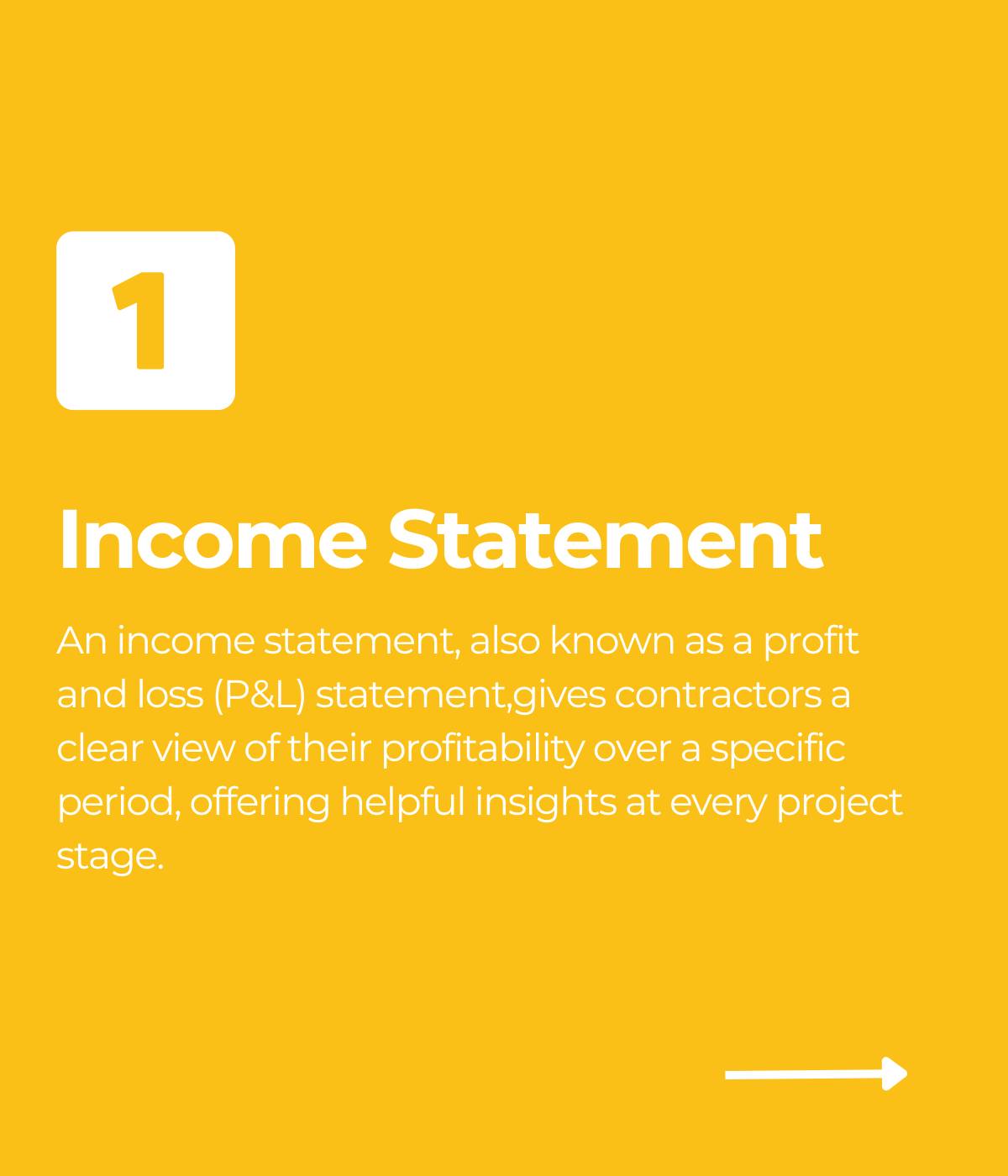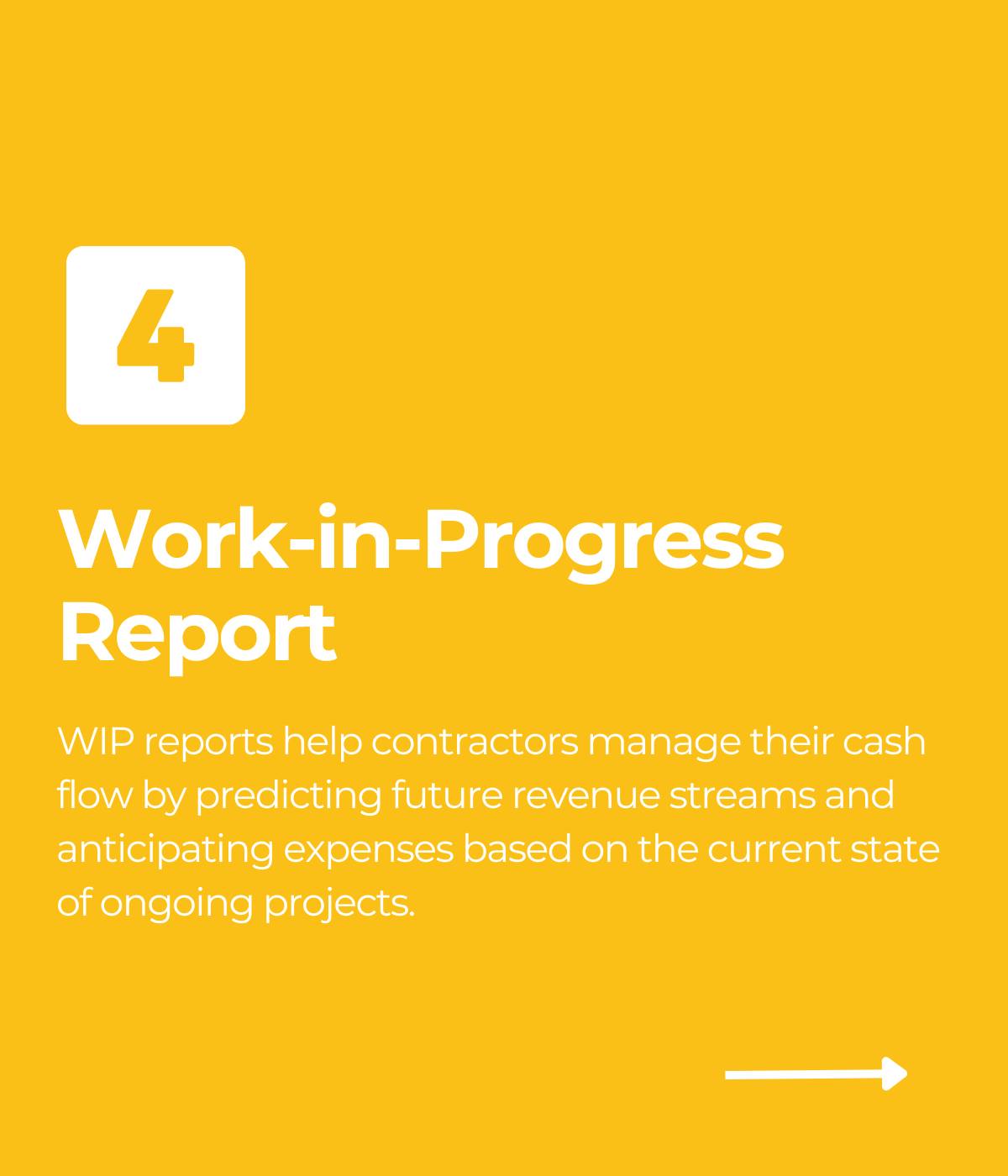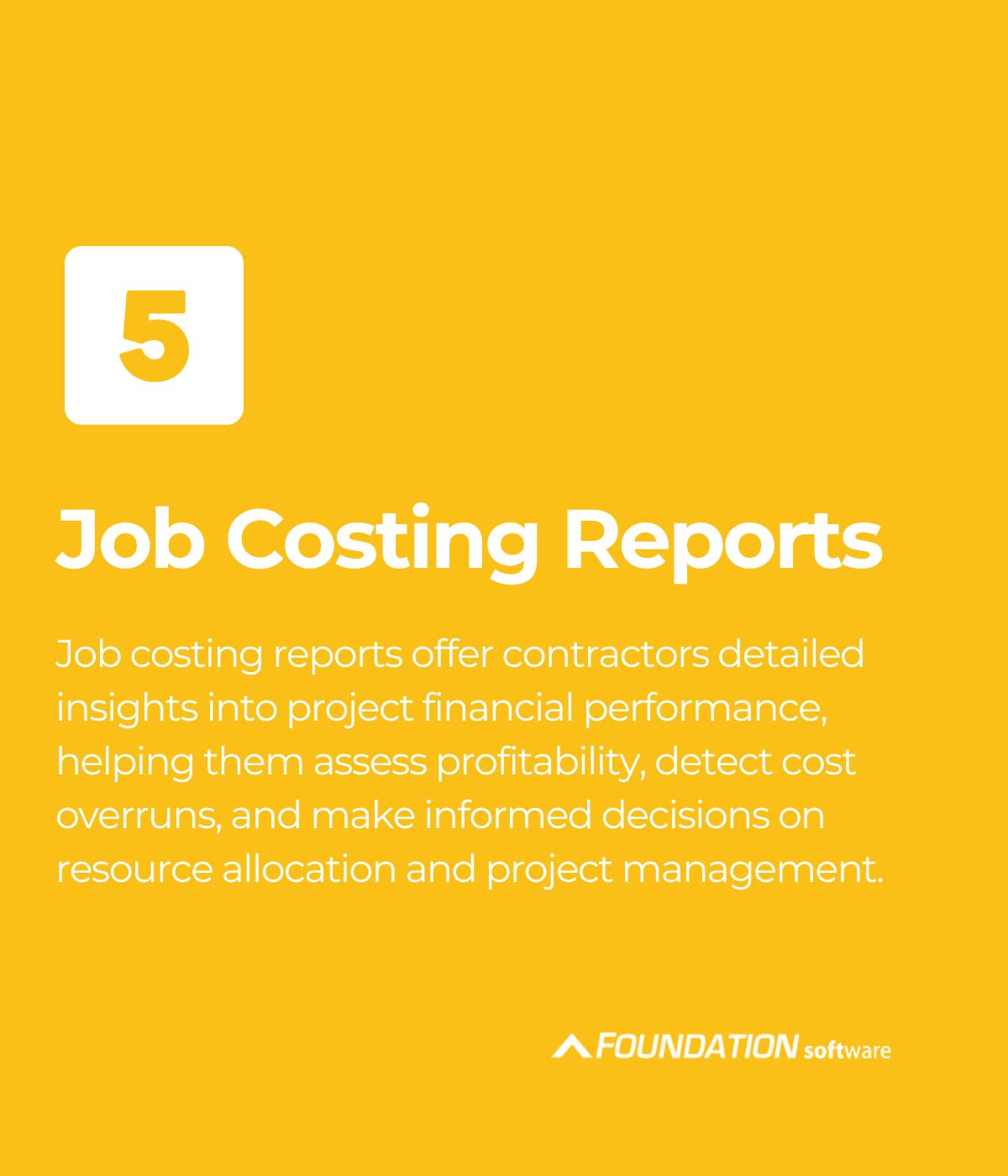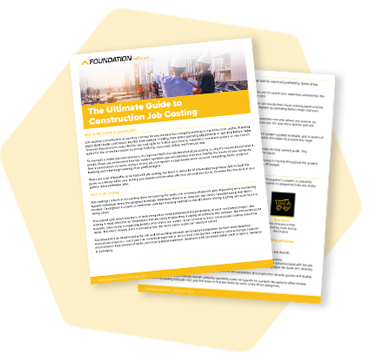
Implementing new accounting software isn’t as simple as installing your favorite browser on a new computer. Because it has so many moving pieces and touches so many different parts of your office, it’s much more of a process than it is a simple download and a “How-To” video.
But that shouldn’t intimidate you — there are plenty of best practices to help ensure your implementation is successful long-term. Its elements include starting early, setting expectations, taking the time to do it right, leveraging teamwork and getting the help you need. (Not to mention plenty of — yes, we’re serious — homework!)
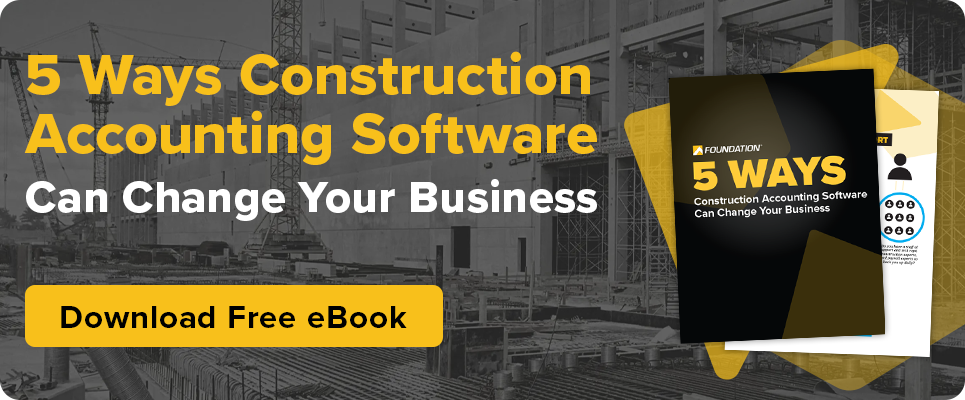
1. Starting early
The implementation process actually begins way before your purchase. When looking for new accounting software, speak with a few different vendors. You can begin by viewing product webinars, video demos and live online demonstrations. But don’t forget to have direct conversations with their sales staff. Find out details about how supportive they’ll be as a vendor and a partner with your company — not just when you first implement but as you continue to master the software and dig into new functionality and modules years later.
Involve your company’s users early on in the decision process. When introducing new software, feelings of discomfort, fear of change and perceived loss of control are common. Bring your staff into the conversation, and allow them to bring their concerns to the table as everyday users. This can help generate buy-in and actually help steer you in the right direction from the beginning.
Finally, inform users early of what’s about to take place and what to expect during the transition. This can smooth out the process along the way. Only once you’ve made the right choice for your business and received buy-in from your staff, it’s time to proceed with implementation.
2. Setting expectations
Successful implementation also hangs on setting goals and expectations based around questions like:
- What does your company do?
- What does your company need?
- What processes would you like to improve?
- What are the ideal ways of getting data from point A to point B in your workflow?
It’s important to sit down with your team and prepare these answers before meeting with vendors to discuss new software.
Working with your vendor to structure your accounting software according to your specific business needs is crucial. Companies avoid many issues with their accounting system by making sure it’s set up properly for them and their goals. When you and your trainers meet for the first time, each needs to state their expectations of the process and each other clearly — especially when it comes to timing.
3. Time matters
The reality is, it takes time to learn new software and process what you’ve learned. Being clear about timing expectations means that “going live” on the new system will in most cases occur no sooner than two to three months after installing it. Shortcuts usually hurt in the long run. Beyond the sessions with trainers, there will also be homework. Talk with your trainer and team early to get an idea of how much time you’ll need to commit weekly.
Along with the time it takes to go through the process, it’s important to also consider the time of year. If you’re thinking about implementing new accounting software during your busiest time of year, you might want to think again. That said, depending on the area of the country in which your business is located, time of year may not matter if you’re busy year-round. Still, you’ll want to account for your business cycles, holidays and staff availability.
4. Teamwork makes the implementation work
The time you’re setting aside to commit to the implementation process also depends on the team you establish. Some companies have only one person involved in the implementation process. That can work, if and only if they’re certain they have enough time to handle the process alone and will be the only day-to-day end user. Often, this isn’t the case.
When working as a team to implement the new accounting software, having complete buy-in and support from all players is crucial — from ownership to end user. If everyone isn’t on the same page, the whole process can be a struggle.
On the vendor’s end, your trainer will serve as the point person on a larger team of professionals assisting with the process. If you have multiple individuals on your side, designate a point person on your team as well so that someone is taking ownership of communication and making sure assignments move forward to completion.
5. Get all the support you need
In addition to the people within your office, many times help from external sources can be extremely beneficial. Involve your CPA early on and at least at a high level. They’ll need to go over elements such as the chart of accounts and G/L setup, review your books to see if anything needs to be cleaned up before moving into the new system, and let you know what they’re looking for from the new software.
Hiring temporary help toassist with data entry or other daily tasks can be a major asset as well, especially if the implementation team on your end is a party of one. Getting new software in place, learning it and running your office as normal is overwhelming for one person to handle. See if bookkeeping support is something your vendor can help with as a service.
Putting it all together
Implementation is a collaborative process — a constant back-and-forth discussion between your team and your vendor’s team. Expect construction accounting software to be a soft-customized solution, not a one-size-fits-all package. After you speak with representatives about your business and the reporting and modules to meet your needs, you can make adjustments before implementation truly begins. Once testing is underway, you can continue to make adjustments if necessary.
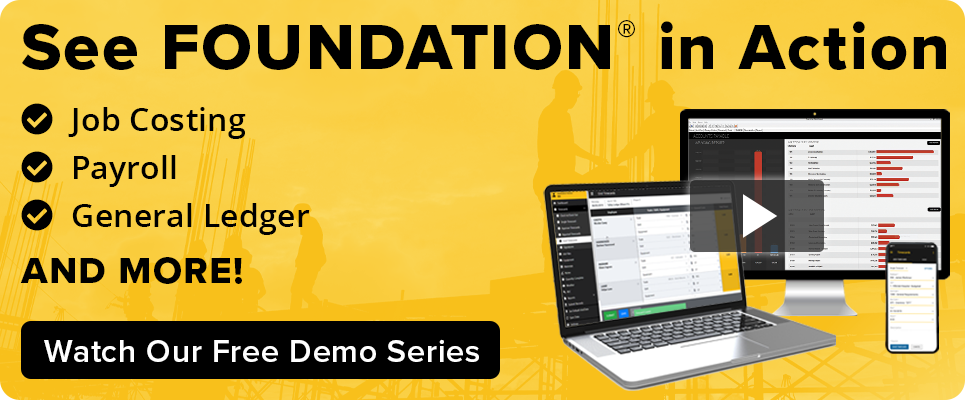
Setting realistic expectations from the very beginning, understanding that it’s a long-term commitment to grow into the software, and having the right people and processes in place will start you off on the right track to successful implementation.
Begin the conversation today by scheduling a live demo. See FOUNDATION® and discuss strategies with a sales team that has decades of experience implementing and supporting our software.
Share Article
Keep on current news in the construction industry. Subscribe to free eNews!
Our Top 3 YouTube Videos
Learn about our software more in depth with product overviews, demos, and much more!
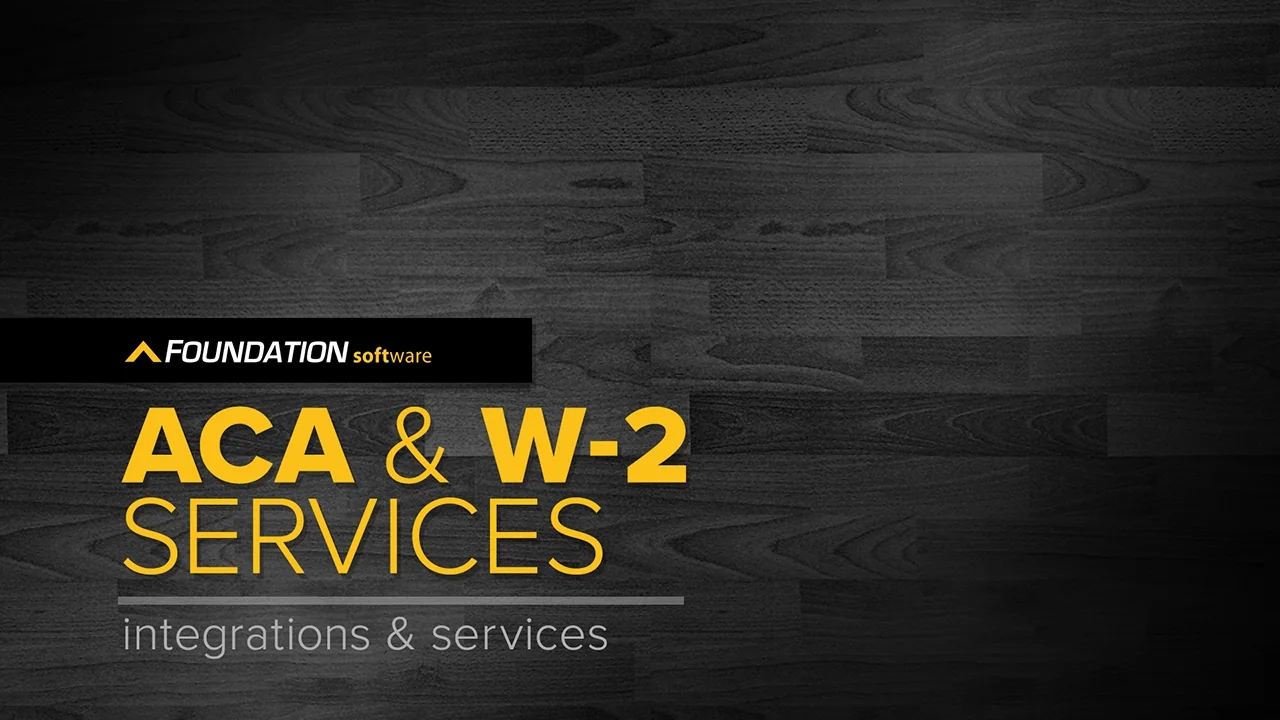
Our ACA reporting & e-filing services include official 1094-C and 1095-C IRS reporting, optional e-filing (no applying for a TCC code required), mailing to your employees and experienced support to help you.
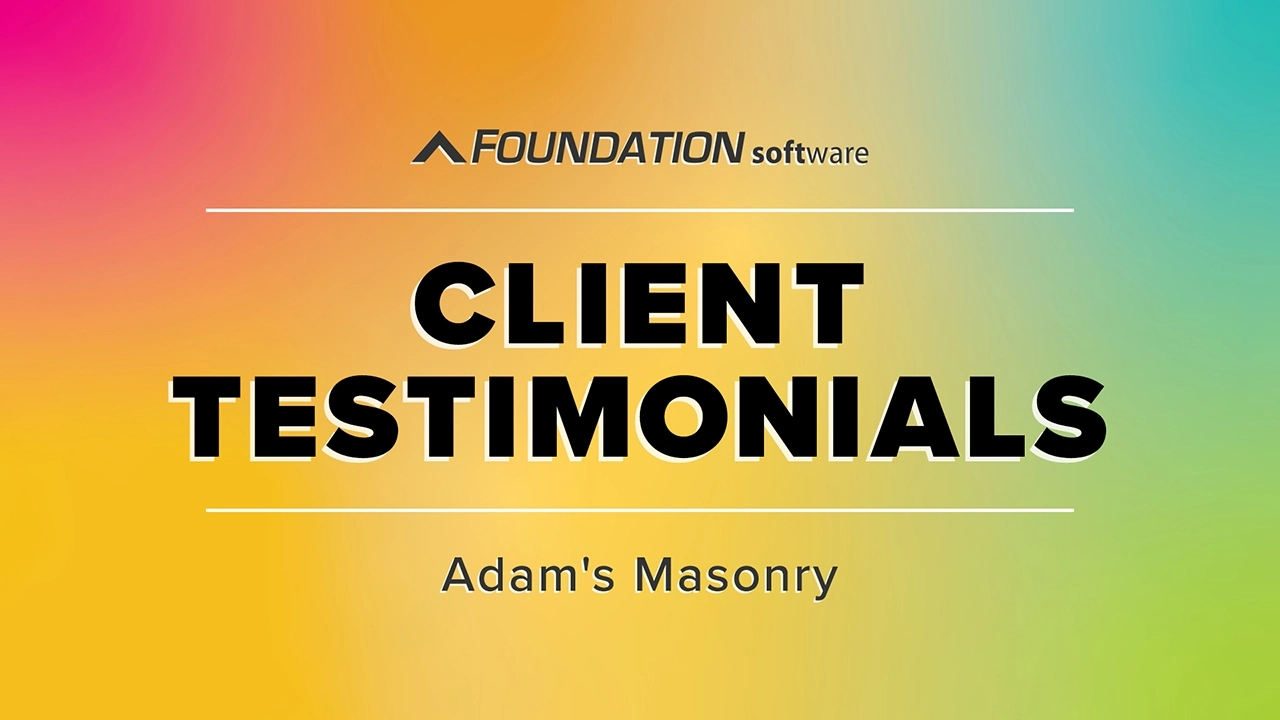
There are plenty of reasons to make FOUNDATION your choice for job cost accounting and construction management software — just ask our clients!
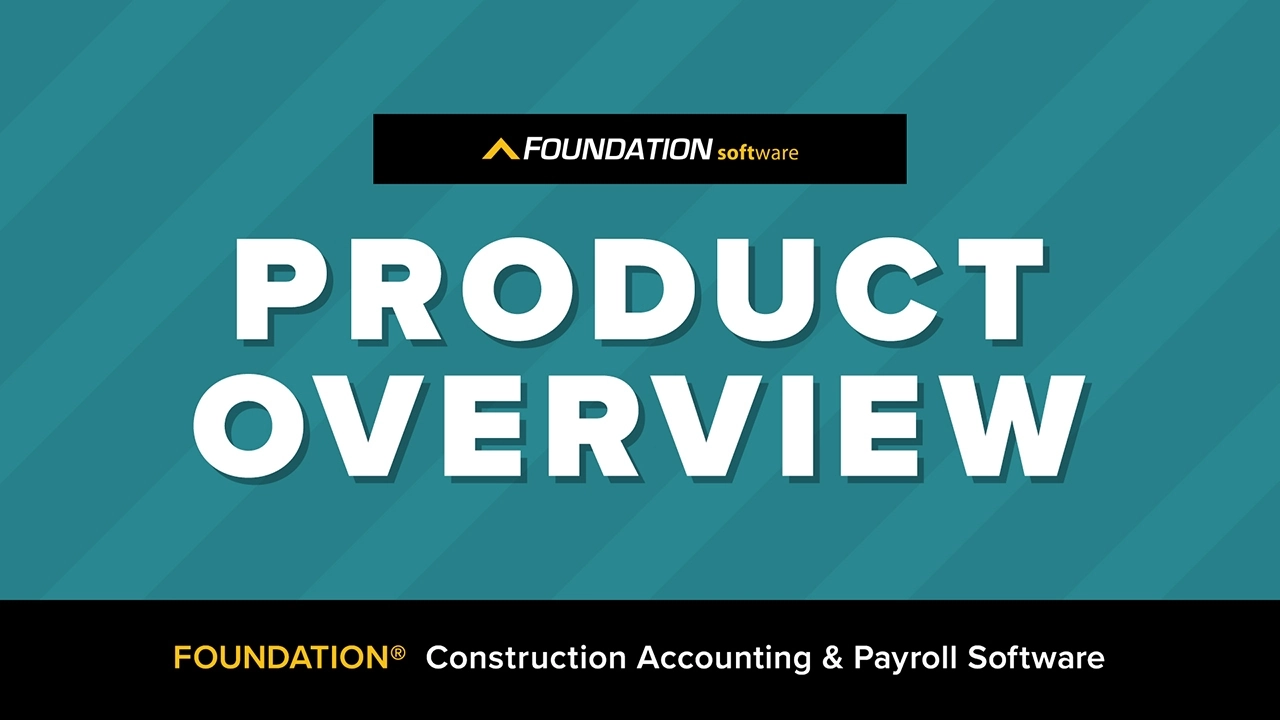
From job cost accounting software, to construction-specific payroll. Get an overview on your next all-in-one back-office solution.




